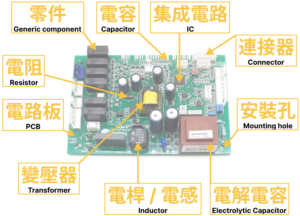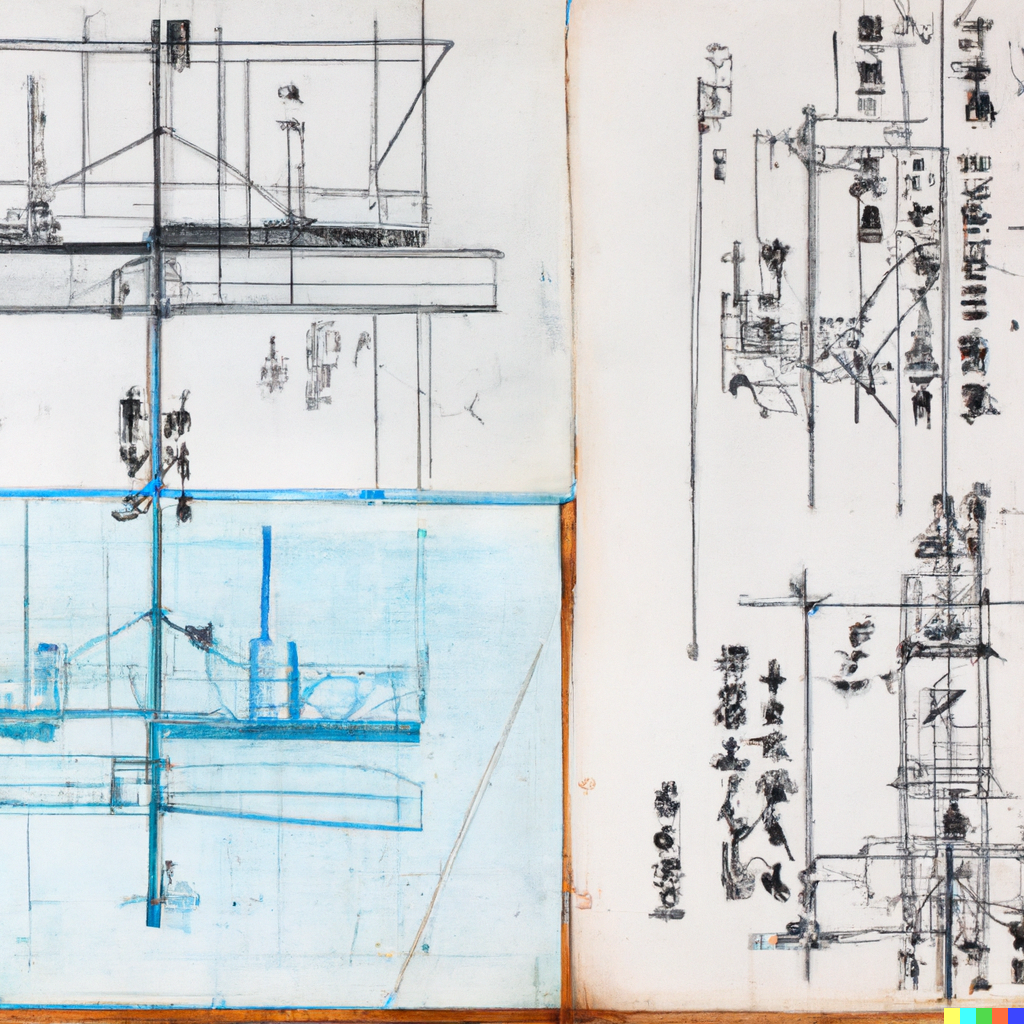Communication is power.
This is especially true in the realm of engineering, where precision and collaboration are essential. At Fusion Engineering Group, we recognize the value of linguistic diversity in enhancing our ability to connect, innovate, and collaborate effectively.
We’re excited to share a small piece of our Chinese language learning in this blog post. This linguistic endeavor has broadened our horizons and empowered us to foster stronger relationships with our partners in Taiwan and deliver better results for our clients.

Our path to mastering Chinese for engineering began with studying full-time in Taiwan. We started by immersing ourselves in the fundamentals of the Chinese language, gradually building a solid foundation in spoken and written communication. Our commitment extended beyond mere vocabulary acquisition; we delved into the intricacies of Chinese characters, particularly those relevant to engineering terminology.
Over time, learning Chinese evolved from a personal endeavor into a strategic advantage for our company. Communicating proficiently in the language has opened doors to enhanced collaboration and efficiency.
As our projects often involve close partnerships with clients and stakeholders in Taiwan, language is no longer a barrier inhibiting progress. By understanding and conversing in Chinese, we can grasp nuances and intricacies that might have been lost in translation. This, in turn, empowers us to work seamlessly, make quicker decisions, and align our strategies more effectively.
This post will showcase our language progress and illustrate how it helps us serve our clients. We’ll use the example project of a portable fan to showcase how the ability to communicate in Chinese empowers us along each of the following steps of a project:
- Design of EE components of our fan
- Design of ME aspects of our fan
It’s important to note that the designs in this article are over-simplifications of what any actual design files would look like – our goal is to showcase the development of our language skills, not educate our audience on the intricacies of the Chinese language in the field of engineering.
If you are interested in learning more about the Chinese language as a whole, check out a selection of the resources we found helpful in our journey:
- An Intro to Pinyin
- A course in contemporary Chinese
- Pleco and using its flashcards.
- ZhongZhong Chinese popup dictionary
Step 1: Mechanical Engineering Design

Our mechanical engineers collaborate with other teams to complete the portable fan’s design. Specifically, our focus is on refining the casing design. Our manufacturing partners in Taiwan require these final designs for production so they can move forward.
Because our ME team can communicate in Chinese and English, sharing ideas between our English-speaking design collaborators and our Chinese-speaking manufacturing partners couldn’t be easier.
The image above is an oversimplified example of such an annotated design. That said, these benefits translate into real-world advantages.
Having a Mechanical Engineering lead who can speak Chinese is great. A Mechanical Engineer who can drive to the manufacturing facility we collaborate with is even better.
This proximity enables us to keep our clients well-informed and up-to-date, with the ability to address challenges precisely. Being on-site eliminates the need to communicate across the extensive North Pacific Ocean and a 15-hour time difference. We serve as our clients’ ears, eyes, and hands, enabling us to address any issues efficiently.
Step 2: Electrical Engineering Design

Our electrical engineering team plays a pivotal role in developing our portable fan, focusing on the PCB (Printed Circuit Board) that houses the critical internal components.
Precision is paramount as we begin designing the casing for the electrical components. Ensuring that the size of our PCB aligns perfectly with our initial designs is essential to the success of our project.
Much like our mechanical engineering counterparts, our electrical team benefits immensely from our proficiency in Chinese.
Communicating seamlessly with our local PCB manufacturers is a game-changer in collaboration. It allows us to convey our requirements and specifications with clarity and precision, ensuring that the PCB meets the exact standards we’ve set.
Our proficiency in Chinese acts as a bridge, enabling us to work hand in hand with our manufacturing partners. The result is PCBs that consistently meet the standards we’ve set for our projects.
This synergy of language and technical expertise improves the quality of our work and strengthens the bonds between our team and our manufacturing partners.
Final thoughts
Beyond streamlined designs and efficient manufacturing processes, our ability to communicate culturally has enriched our relationships.
From sharing meals and stories to technical collaboration, our Chinese language skills have become bridges connecting us with our partners on a deeper level.
The ability to head to the local 餐廳(restaurant) and share a bowl of noodles over a casual conversation has proven invaluable.
Fusion Engineering Group stands poised to continue delivering exceptional results for our clients and elevating the impact of linguistic diversity in the world of engineering.


